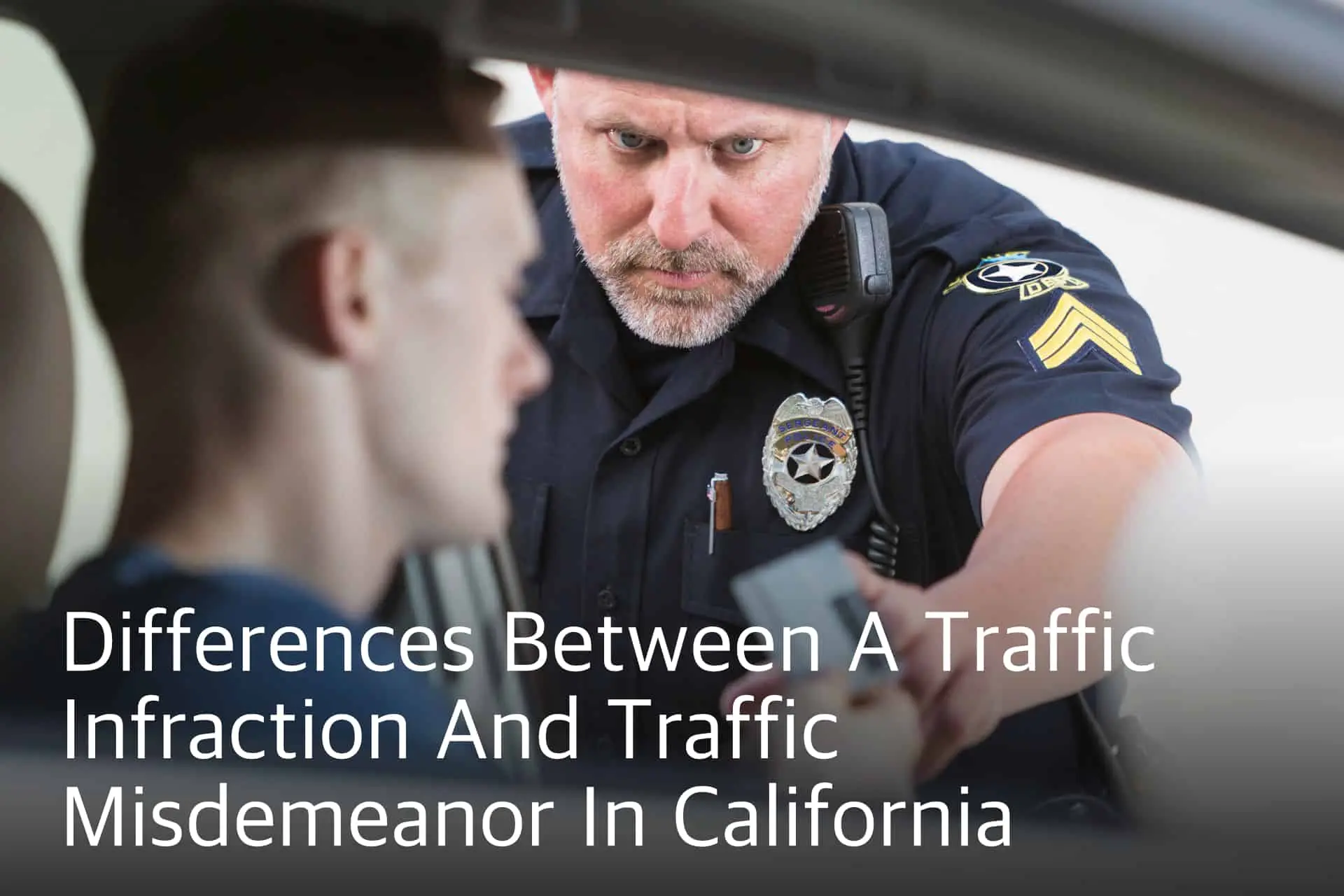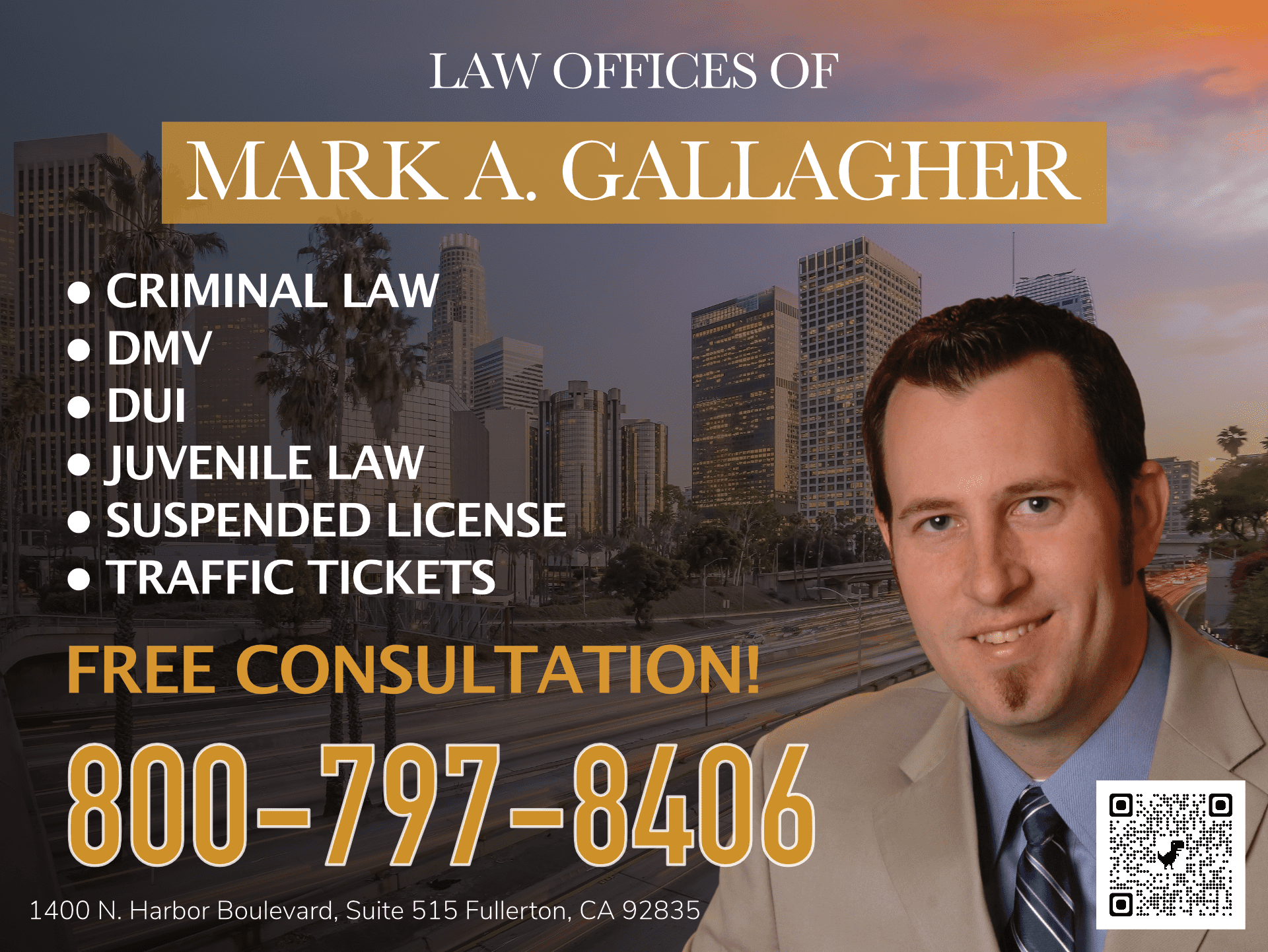On November 6, 2012, California citizens voted to enact Proposition 36 which altered the state’s former policy of the 3 Strikes Law. A major goal of Prop 36 was to prevent the early release of prisoners convicted of violent crimes due to overcrowding partly caused from an influx of new prisoners serving life sentences for petty crimes. To help accomplish this task, Prop 36 would only allow life sentences if any of the conditions are met:
1) when the new felony conviction is “serious or violent.” [1]
OR
2) If the defendant was ever convicted of murder, rape, or child molestation. The life sentence applies even if the third strike was a minor criminal offense.
Furthermore, prisoners who are currently serving life sentences can have the length of their incarceration modified if Prop 36 would have applied to them during their original sentencing and if the judge determines it will not be an unreasonable risk to public safety. In other words, the questions would be “Would my time in prison have been shorter if Prop 36 was passed back then and would the court decide if I’m an unreasonable rick to public safety?” [2] If the petition is granted, the length of imprisonment would be twice the normal sentence but obviously not as long as life!
Nonetheless, there is still an opportunity for individuals who have a prior felony to qualify for modification. Under Prop 36, the prosecuting attorney may move to dismiss a strike or prior conviction pursuant to California Penal Code Section 1385 or if there is insufficient evidence to prove the prior serious/violent conviction. Individuals who qualify for resentencing must petition the court that entered the conviction by November 6, 2014 or at a later date if the petitioner shows good cause.
If you are seeking legal advice, feel free to contact me here at The Law Offices of Mark A. Gallagher: (800) 797-8406 or email: hans.socaldefense@gmail.com
[1] See amended Section 667 (d) for definition of “serious or violent” felony.
[2] Regarding public safety considerations, the court may consider:
(1) The petitioner’s criminal conviction history, including the type of crimes committed, the extent of injury to victims, the length of prior prison commitments, and the remoteness of the crimes;
(2) The petitioner’s disciplinary record and record of rehabilitation while incarcerated; and
(3) Any other evidence the court, within its discretion, determines to be relevant in deciding whether a new sentence would result in an unreasonable risk of danger to public safety.





